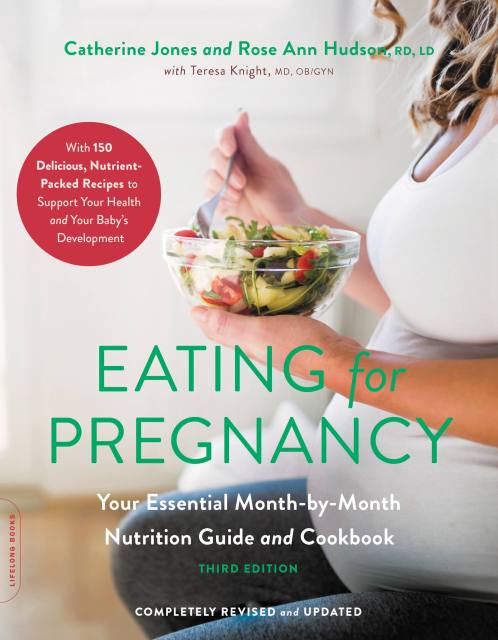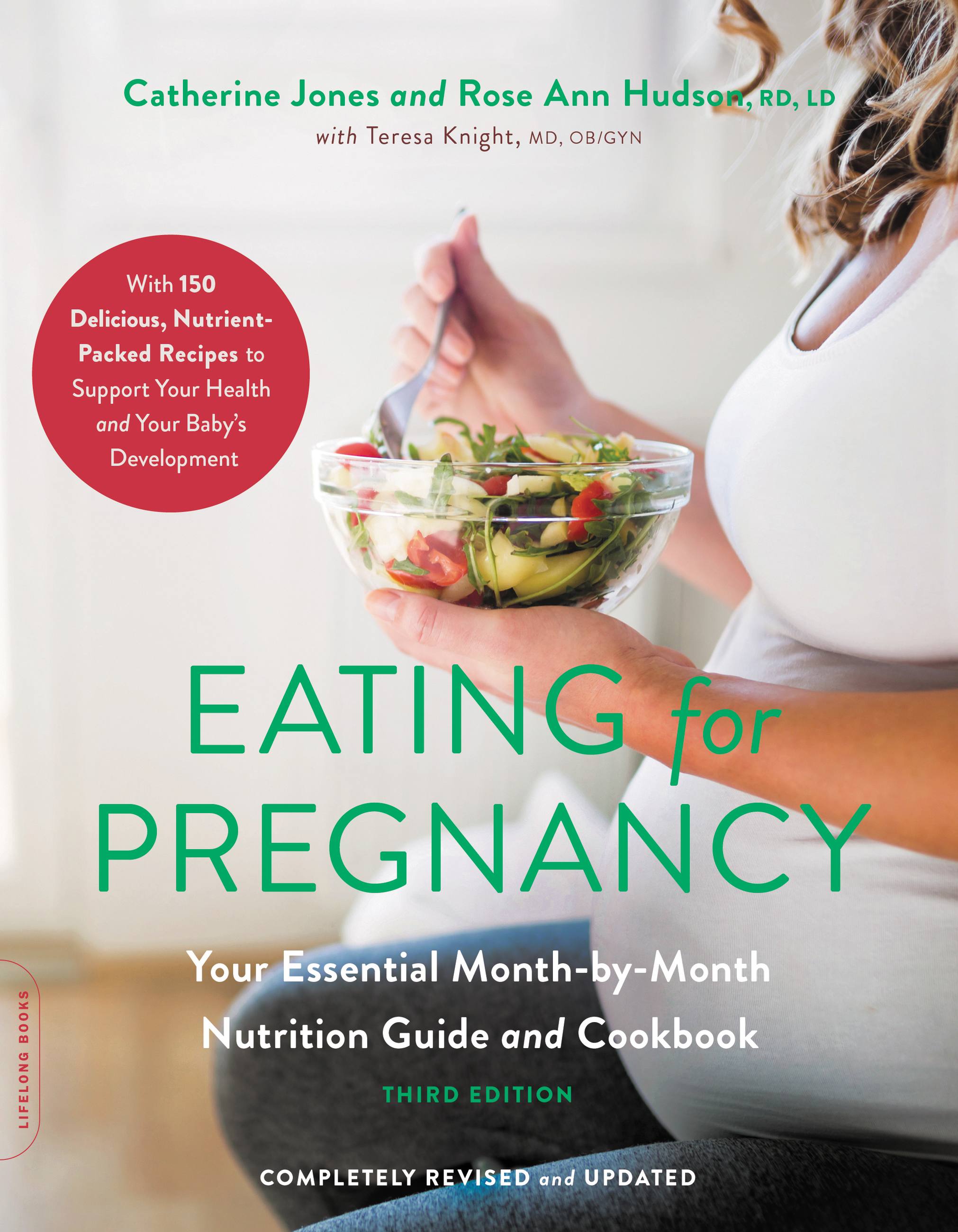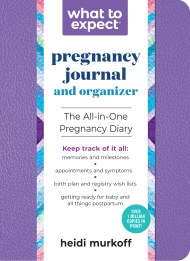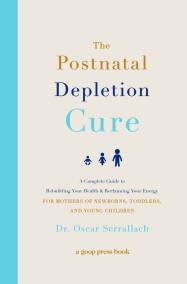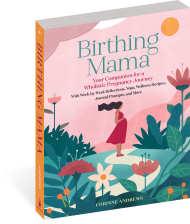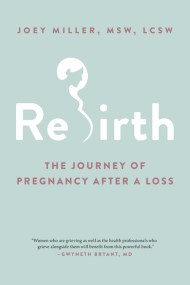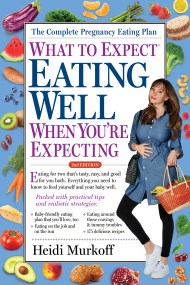Promotion
Shop now and save 20% on your back-to-school purchases & get free shipping on orders $45+ Use code: SCHOOL24
Eating for Pregnancy
Your Essential Month-by-Month Nutrition Guide and Cookbook
Contributors
With Teresa Knight
Formats and Prices
Price
$12.99Price
$16.99 CADFormat
Format:
- ebook (Revised) $12.99 $16.99 CAD
- ebook $11.99 $15.99 CAD
- Trade Paperback (Revised) $18.99 $23.99 CAD
- Trade Paperback $17.99 $21.00 CAD
This item is a preorder. Your payment method will be charged immediately, and the product is expected to ship on or around July 2, 2019. This date is subject to change due to shipping delays beyond our control.
Also available from:
Eating for Pregnancy is the ultimate no-nonsense nutrition guide and cookbook for moms-to-be. Every pregnant woman understands that what she eats and drinks affects the baby growing within her. Yet many of them don’t have the time or energy to ensure they’re always eating right. The guide walks readers through pregnancy month-by-month to cover developmental highlights, body changes, and nutritional needs of the mother and baby. Each chapter shares delicious, healthful recipes that put a special emphasis on the nutrients that mother and baby need that month, during preconception, the nine months of pregnancy, and the postpartum period. Each of the 150 recipes highlights the essential nutrients for mom and growing baby, and provides handy nutritional breakdowns and complete meal ideas.
This new edition has been completely revised and updated with:
- 25 brand-new recipes and updated classics, with more quick and easy dishes, more vegan and vegetarian recipes and variations, and more gluten-free options
- The most up-to-date information on supplements, nutrient sources, environmental concerns, and high-risk pregnancies
- Guidance for mothers with diabetes or gestational diabetes, including low-carb meal plans, recipe variations, and dining-out strategies
- On Sale
- Jul 2, 2019
- Page Count
- 432 pages
- Publisher
- Da Capo Lifelong Books
- ISBN-13
- 9780738285122
Newsletter Signup
By clicking ‘Sign Up,’ I acknowledge that I have read and agree to Hachette Book Group’s Privacy Policy and Terms of Use
